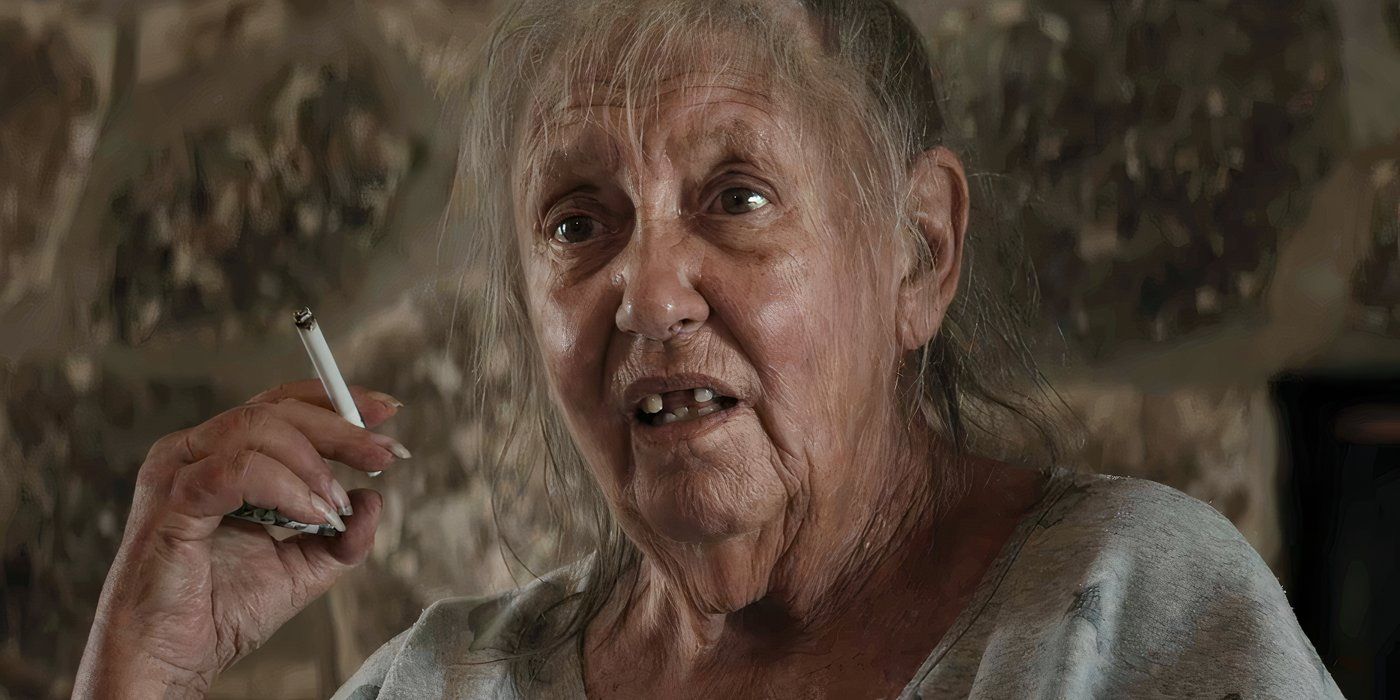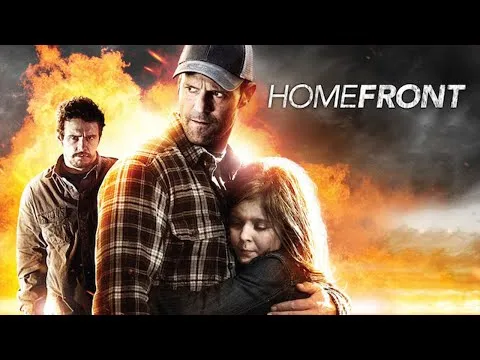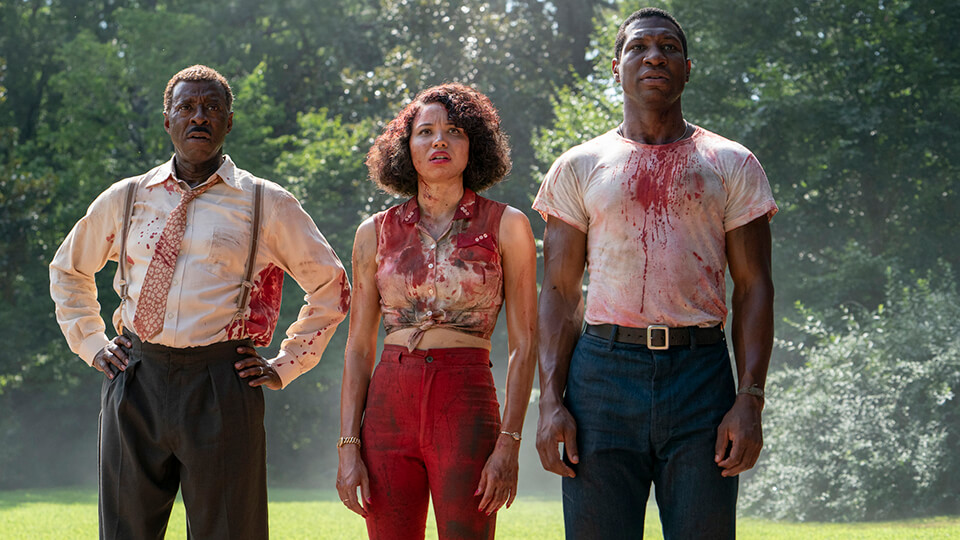Introduction
The Forest Hills is an independent psychological horror film written and directed by Scott Goldberg. It marks the long-awaited return—and final performance—of Shelley Duvall, best known for The Shining, after a two-decade hiatus from acting. The film follows Rico (played by Chiko Mendez), a man tormented by visions and paranoia after suffering a traumatic head injury while camping alone in the Catskill Mountains. As he returns to his rural home, reality begins to unravel. Rico becomes convinced he is transforming into a werewolf—or perhaps something far worse.
Plot Summary
The film opens with Rico hiking alone in the forest, seemingly at peace with nature. A sudden rockslide knocks him unconscious, and he awakens days later in his childhood home. His mother—played by Shelley Duvall—is distant and verbally harsh, offering little comfort. Almost immediately, Rico begins to suffer disturbing visions: growls in the dark, distorted reflections in mirrors, flickering images of fur, claws, blood.
As his hallucinations intensify, Rico becomes convinced that he’s no longer fully human. He experiences blackouts, violent impulses, and unexplainable injuries. His old friend Billy fuels his fears, encouraging the idea that something supernatural is happening. Meanwhile, his sister Emily tries to help him seek therapy, but Rico lashes out, driven by confusion and fear.

The film’s narrative is fragmented—shifting between dreams, memories, and hallucinations. Rico wanders through the forest and his mind in parallel, chasing answers that never fully materialize. Is he truly becoming a werewolf, or is this all a result of mental breakdown and unresolved trauma?
As people start dying and Rico’s grip on reality crumbles, the line between myth and madness dissolves. The final scenes show him wandering deep into the woods, lost, alone, and no longer certain of who—or what—he is.
Performances and Character Depth
Shelley Duvall gives a haunting final performance as Mama, Rico’s emotionally cold and abrasive mother. Though her screen time is limited, every moment she appears carries weight. Her presence feels ghostly, symbolic, and oddly grounded. She doesn’t play a typical horror mother—she’s worn down, blunt, and emotionally detached. Duvall’s return adds a deep, melancholic layer to the film.
Chiko Mendez, as Rico, carries the entire narrative. His performance is raw and unfiltered. He captures the slow descent from confusion into desperation with physicality and intensity. The viewer is trapped with him—never sure if they’re witnessing truth or delusion. He portrays vulnerability and rage with equal measure, making Rico a tragic, frightening, and painfully human figure.
Supporting roles by Edward Furlong, Dee Wallace, and Felissa Rose add brief flashes of horror nostalgia, but this is undeniably Mendez’s film.

Themes and Style
At its core, The Forest Hills is about trauma, mental illness, and the terrifying isolation of the mind. The werewolf element functions less as literal transformation and more as a metaphor for losing oneself to inner darkness.
The film’s aesthetic is deliberately disorienting. Handheld cameras, abrupt cuts, and muted lighting contribute to a feeling of instability. The forest is both claustrophobic and vast—an external reflection of Rico’s fractured mind. There’s minimal musical score, with ambient sound—crunching leaves, whispering wind, heavy breathing—building a sense of unease.
Special effects are practical, gritty, and at times grotesque. Rather than polished CGI, the filmmakers rely on classic monster makeup and in-camera trickery. This choice reinforces the film’s throwback tone, reminiscent of 1980s psychological horror.
Critical Response
The Forest Hills has received a polarizing reception:
-
Some critics praised the ambition of the film, the deeply committed performance by Mendez, and the symbolic return of Shelley Duvall. For these viewers, the film is a disturbing exploration of fractured identity, told through the lens of horror myth.
-
Others found the narrative muddled and difficult to follow. The non-linear storytelling and surreal visuals can be disorienting to the point of alienation. For those expecting a more traditional werewolf horror experience, the film may feel too abstract and emotionally distant.
Yet, even with its flaws, the film remains hard to ignore. It is bold in its refusal to explain itself. It’s not meant to comfort or entertain in a conventional way. Instead, it plunges the viewer into a mental free fall and leaves them there.

Cultural and Emotional Significance
Beyond the film’s content, its emotional significance cannot be overstated. Shelley Duvall’s return—elderly, physically frail, yet unmistakably herself—is a cinematic event in its own right. For fans of psychological horror, her presence ties the film back to the genre’s roots.
Moreover, the film’s DIY, indie production reflects a dedication to raw storytelling. Filmed in upstate New York, often with cast and crew working on location with minimal budget, The Forest Hills carries the gritty spirit of independent horror.

Final Thoughts
The Forest Hills is not a film for everyone. It is intense, often confusing, and emotionally draining. But it dares to explore the most fragile parts of the human psyche with brutal honesty. It questions what it means to be sane, what it means to survive trauma, and whether we are always in control of the person—or creature—we become.
It’s a farewell to an icon. It’s a spotlight on a rising actor. And it’s a primal scream from the deepest part of the woods, echoing long after the final frame.
-1751513416-q80.webp)
-1751447034-q80.webp)

